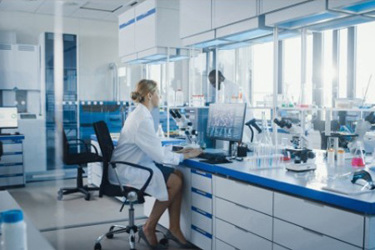Use Light-Scattering Techniques To Predict How Your Early Development Candidates Will Behave At High Concentrations For The Clinic

Biologics are complex molecules that can self-associate, or clump together, at high concentrations. This can lead to problems such as aggregation, which can make the biologic less effective or even dangerous.
Light-scattering techniques can be used to predict how biologics will self-associate at high concentrations. These techniques measure the way that light scatters when it passes through a solution of biologic molecules. The results of these measurements can be used to calculate parameters that indicate the tendency of the biologic to self-associate.
By using light-scattering techniques to predict self-association, researchers can identify potential problems with biologics early in the development process. This information can then be used to improve the formulation or manufacturing process of the biologic in order to reduce the risk of aggregation and other stability problems.
This article provides a more detailed overview of how light-scattering techniques can be used to predict self-association in biologics. It also discusses how this information can be used to improve the developability of biologics.
Get unlimited access to:
Enter your credentials below to log in. Not yet a member of Bioprocess Online? Subscribe today.
